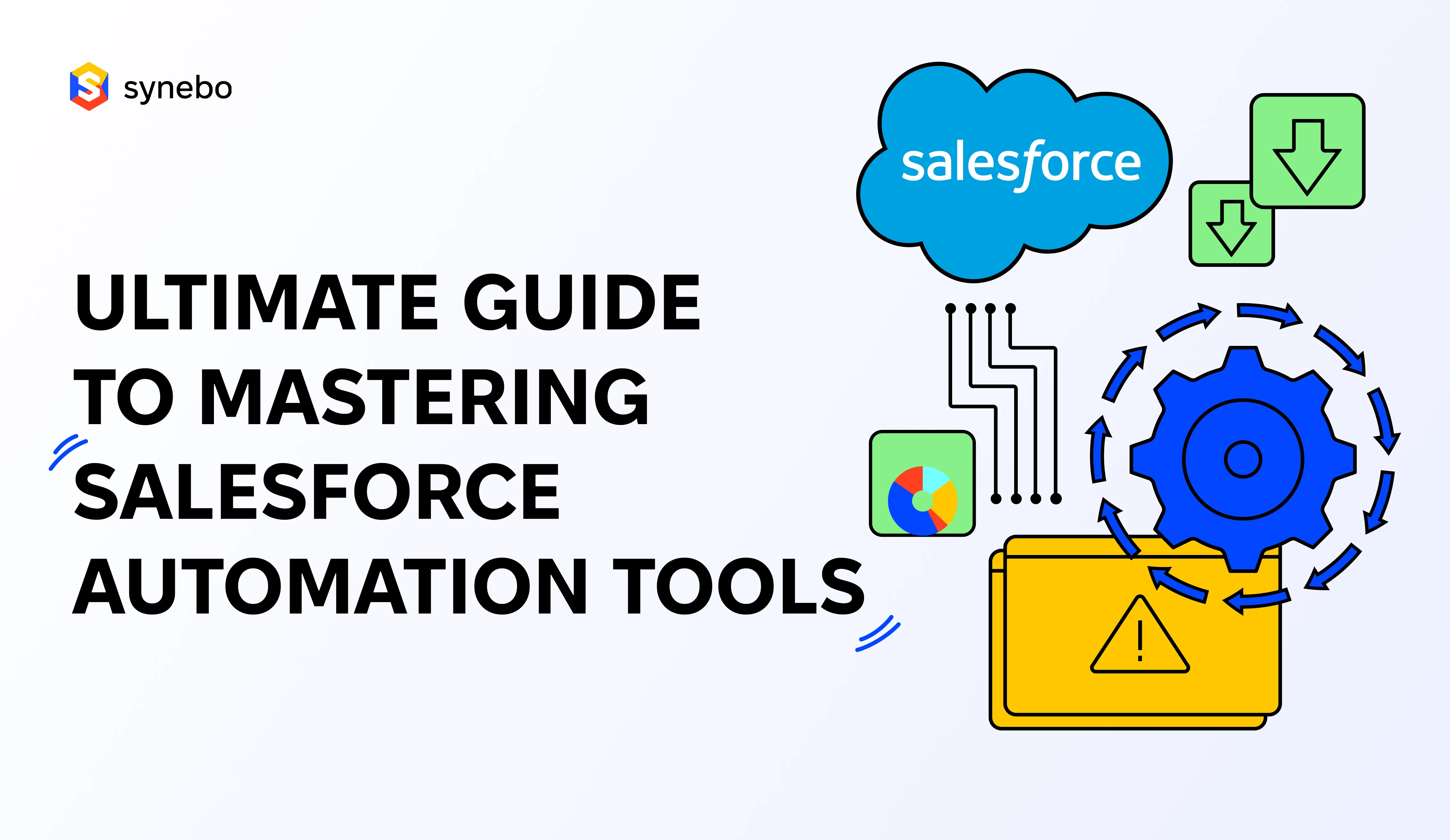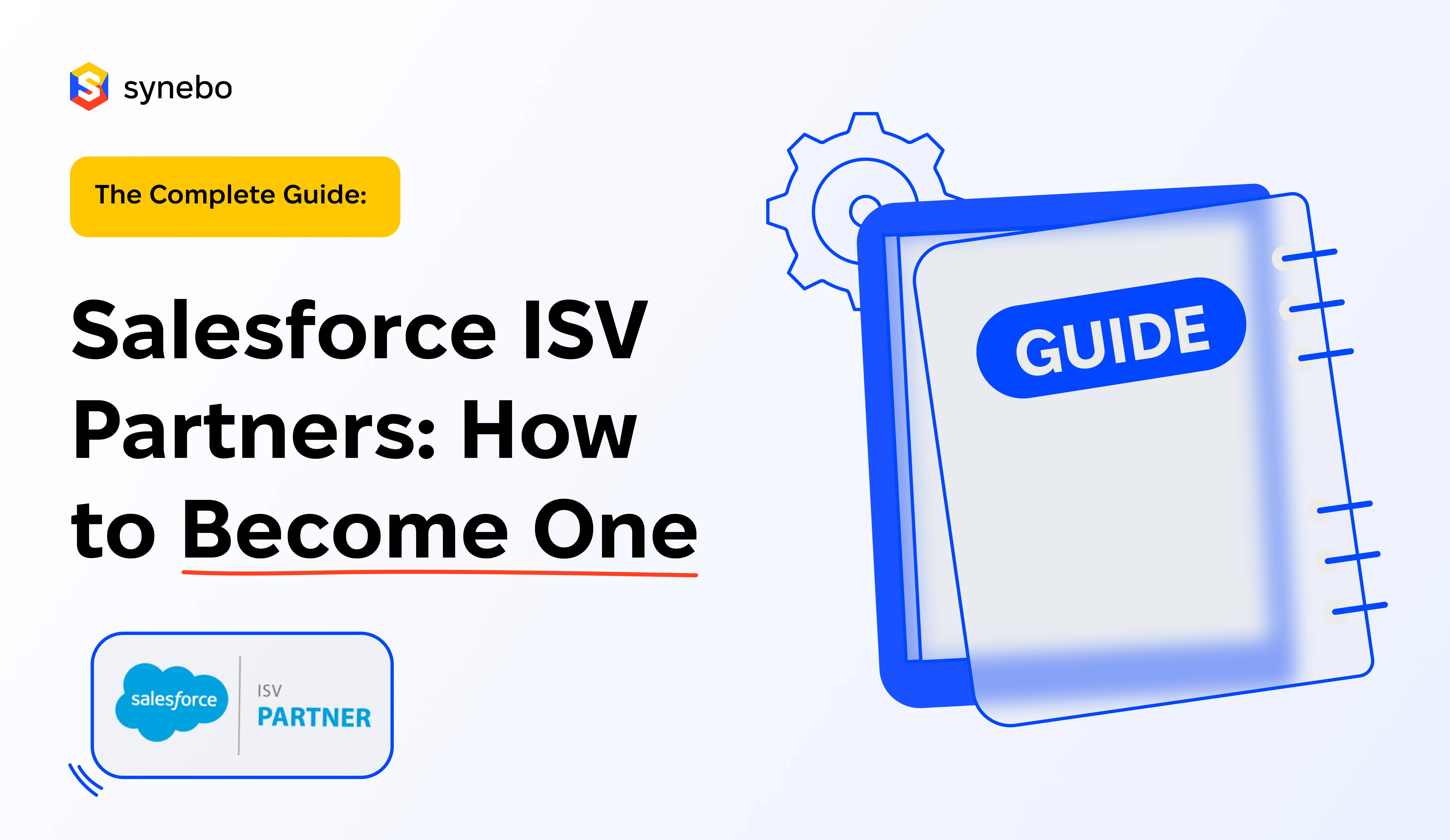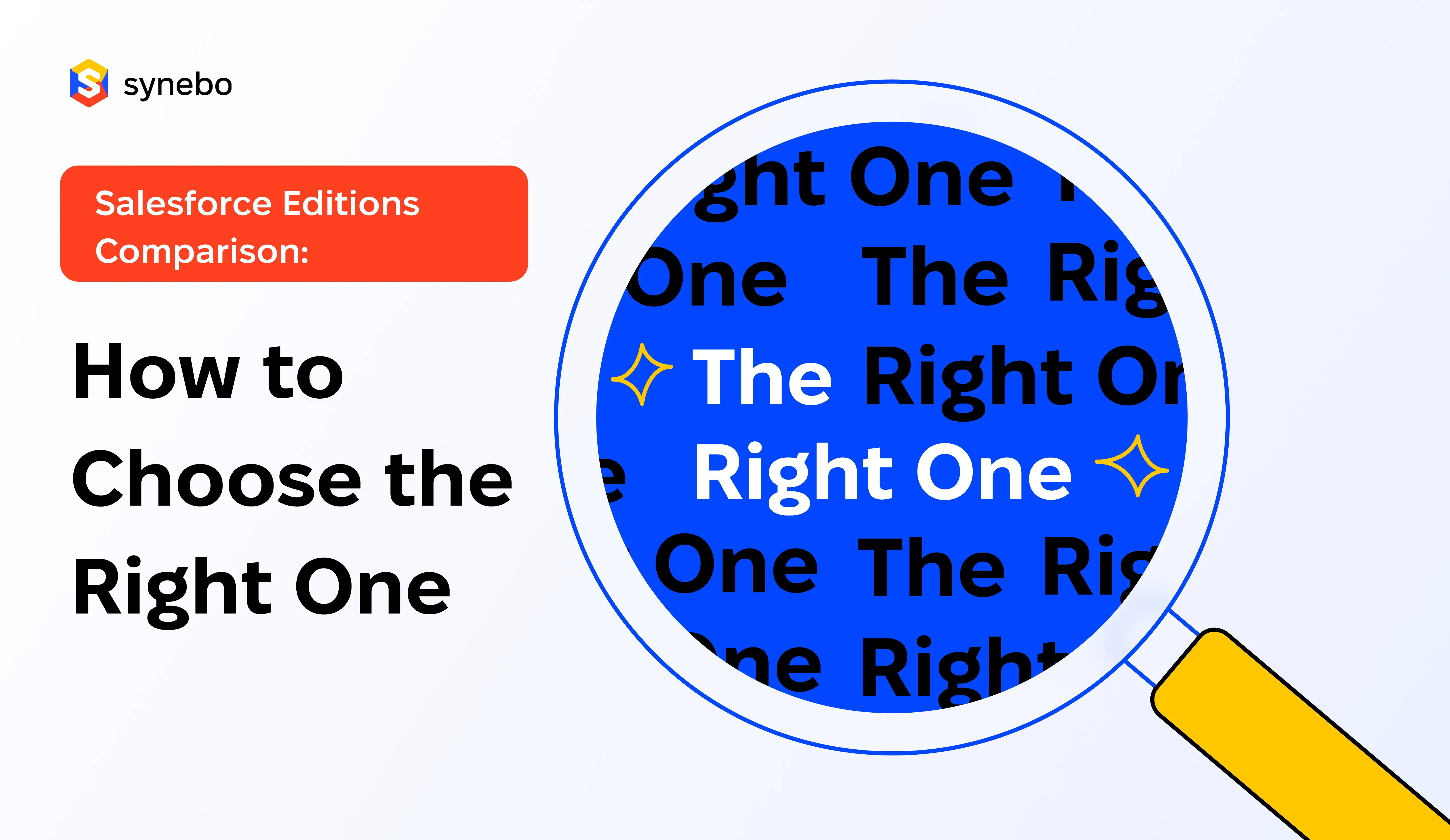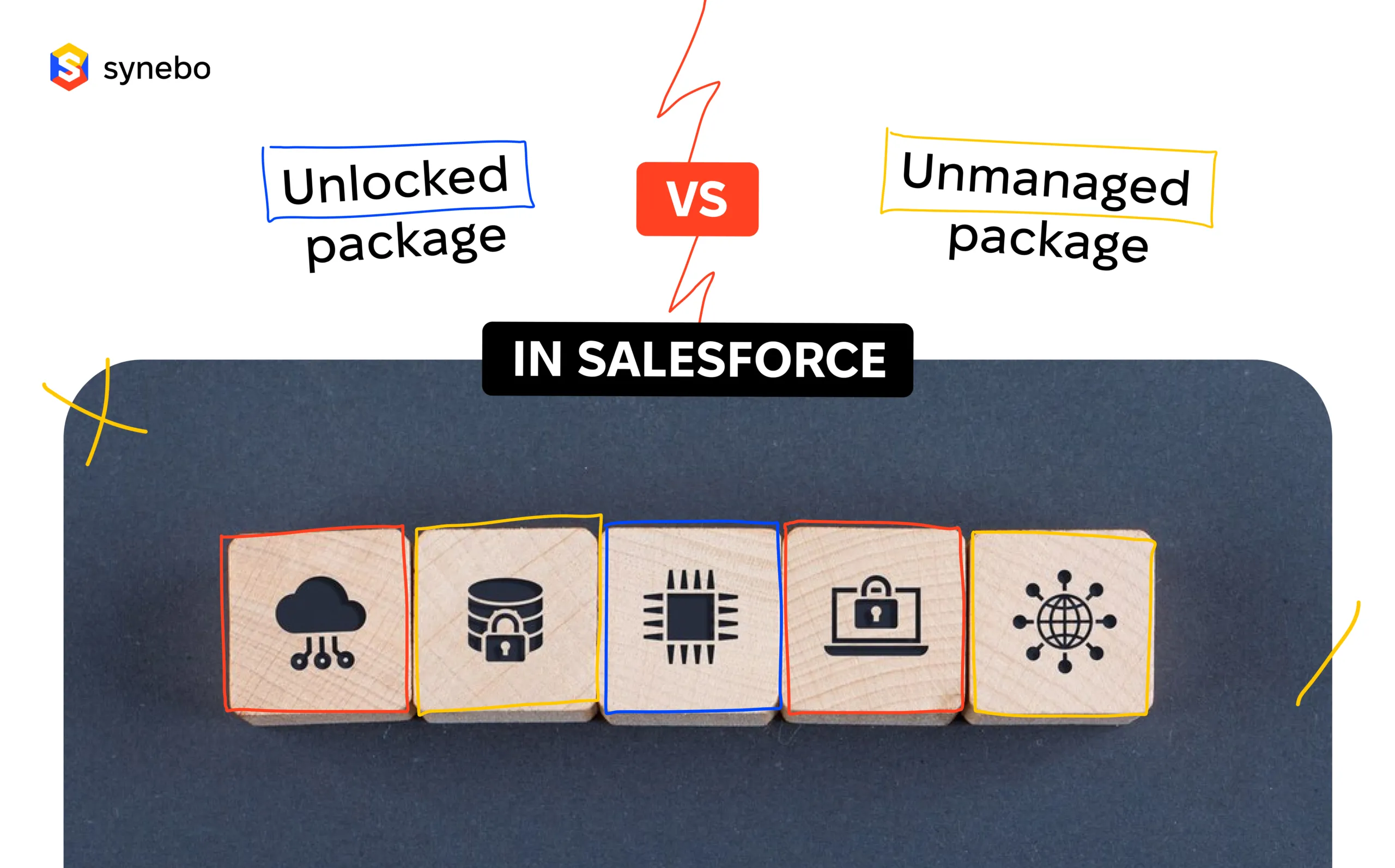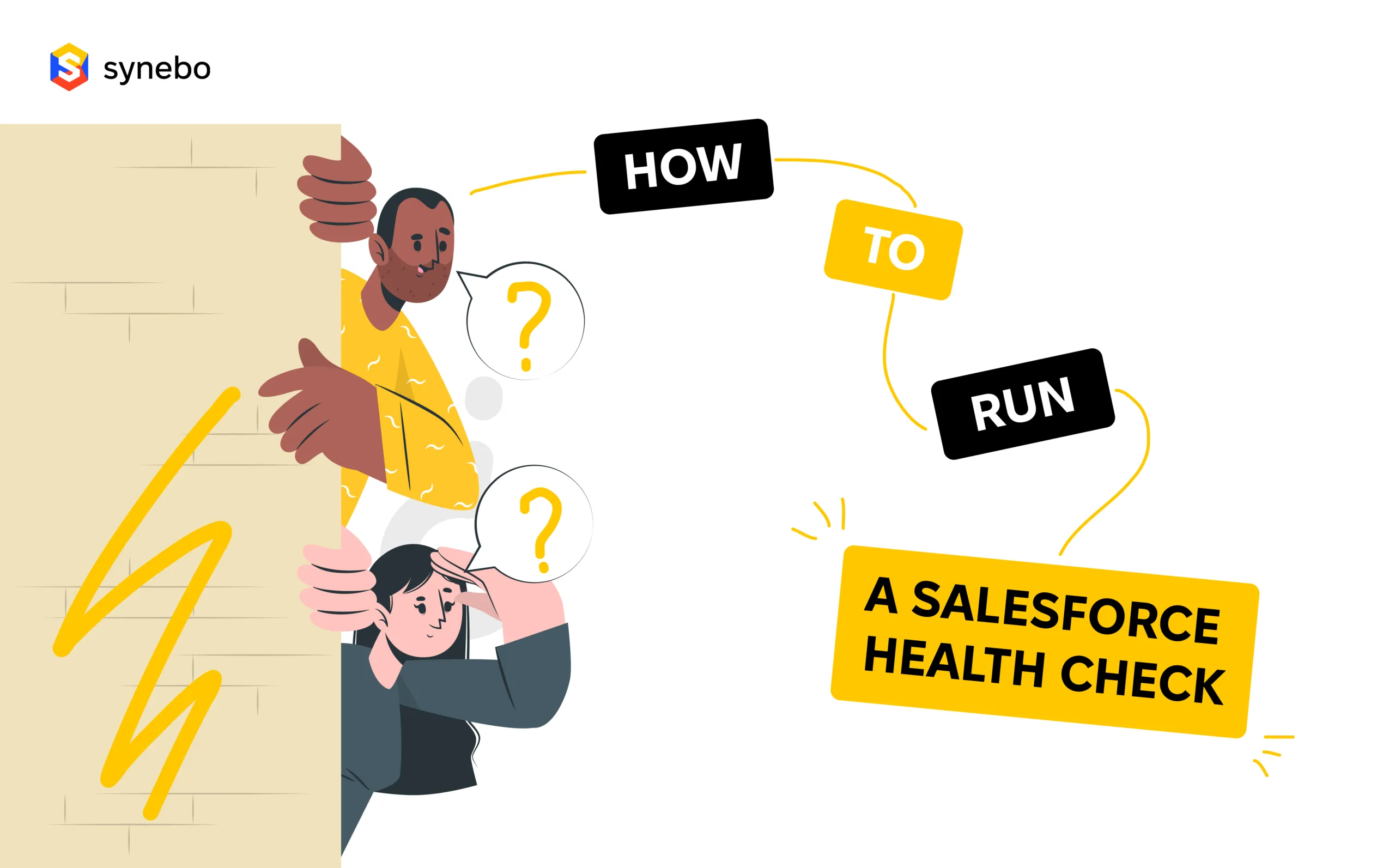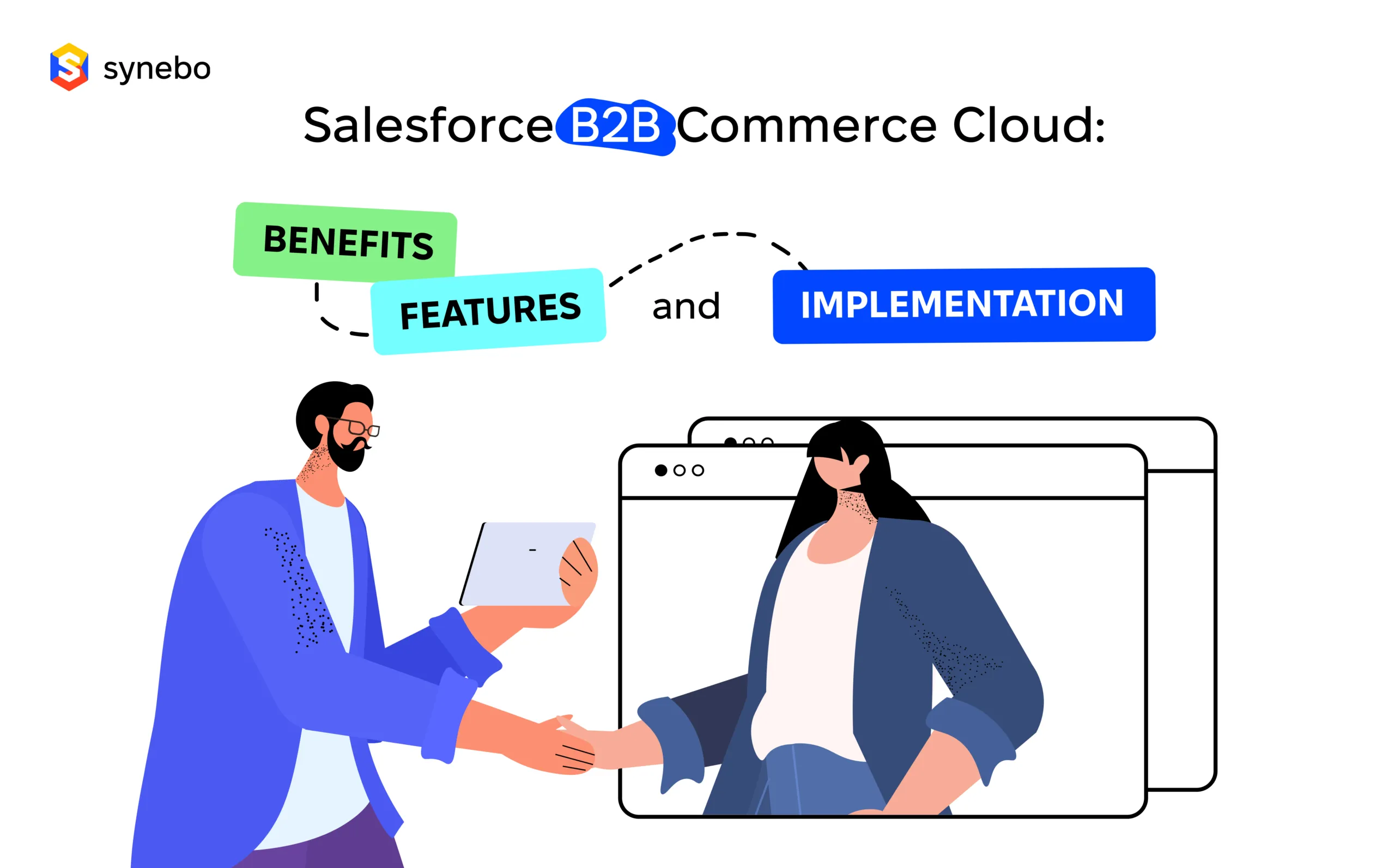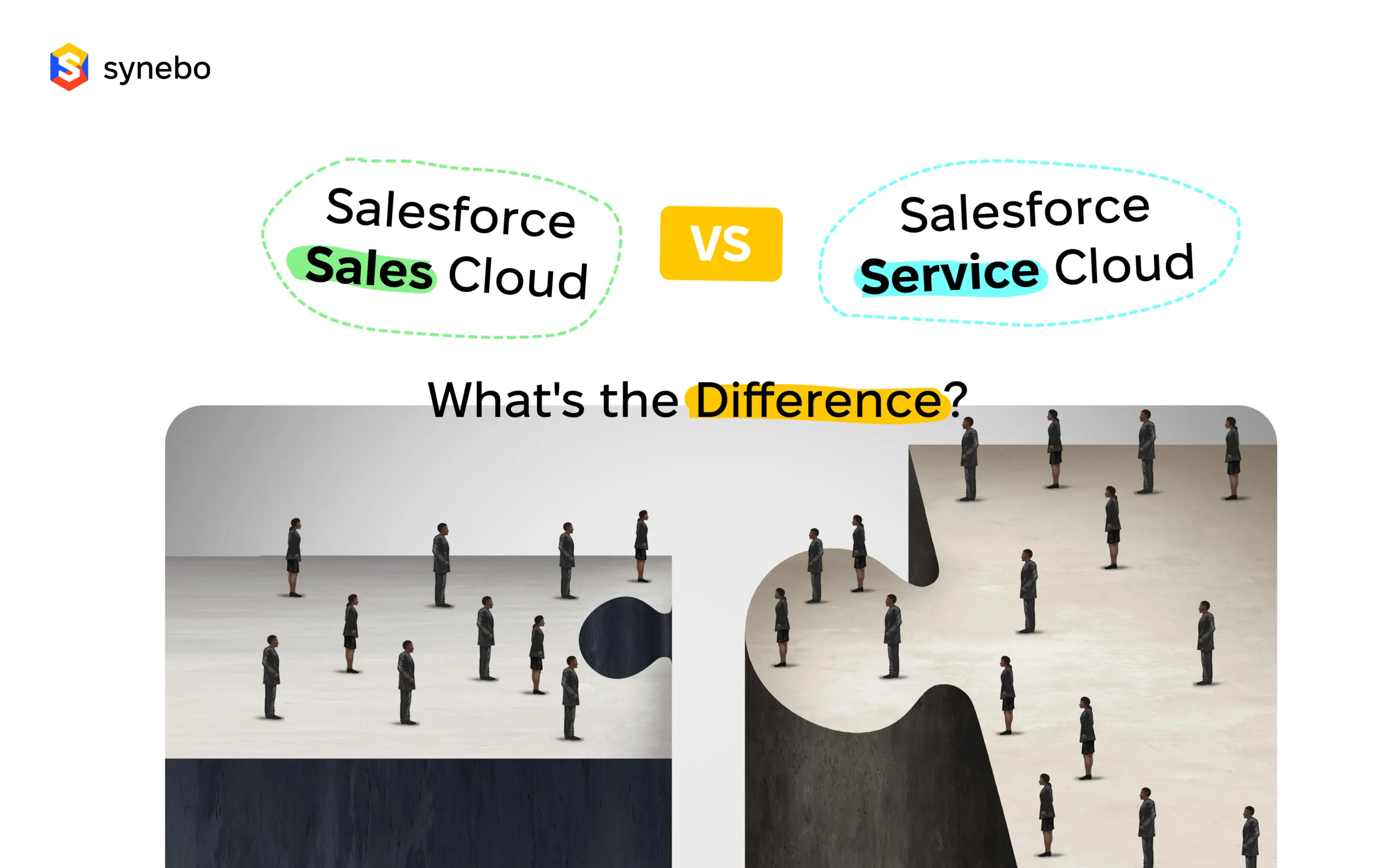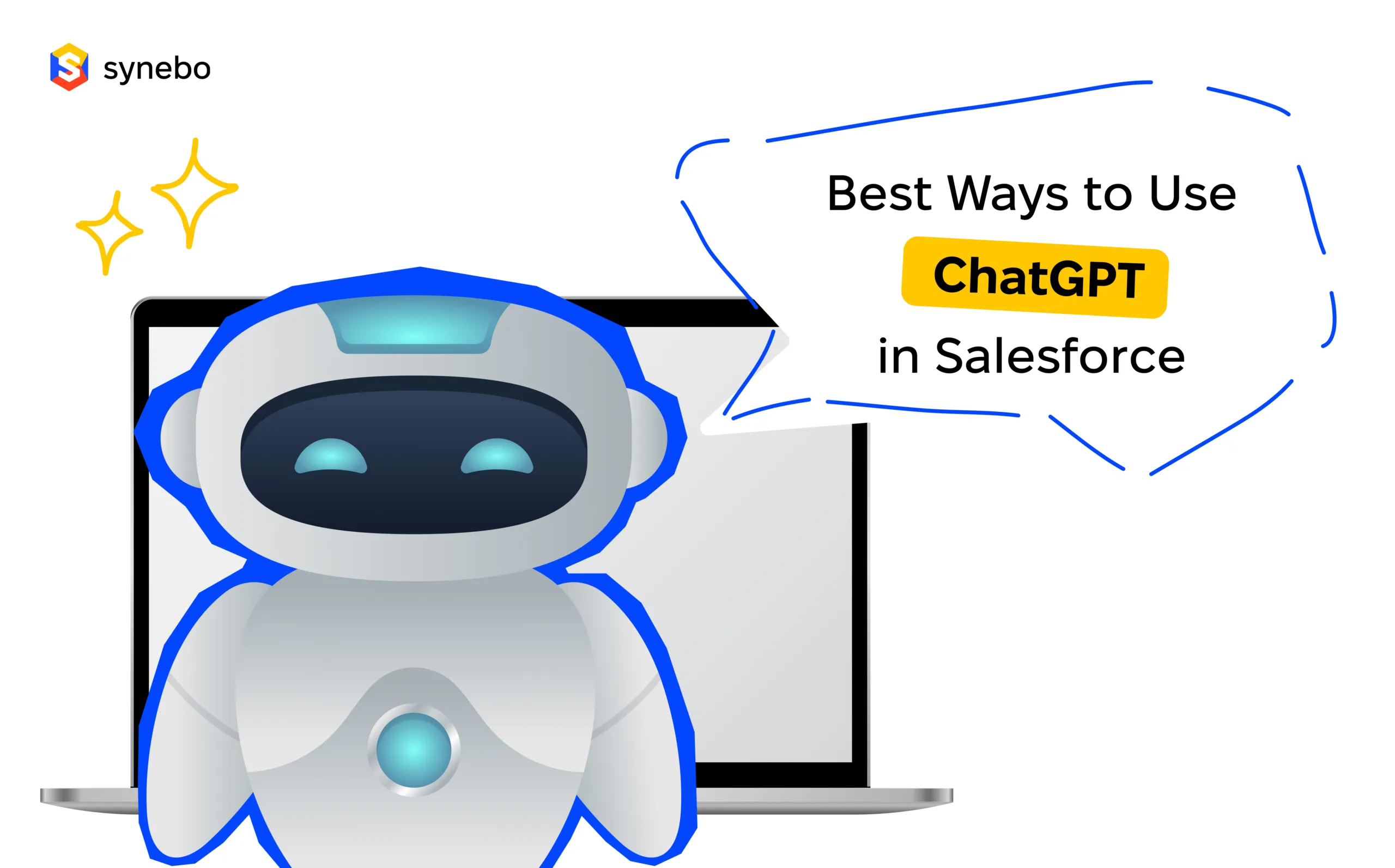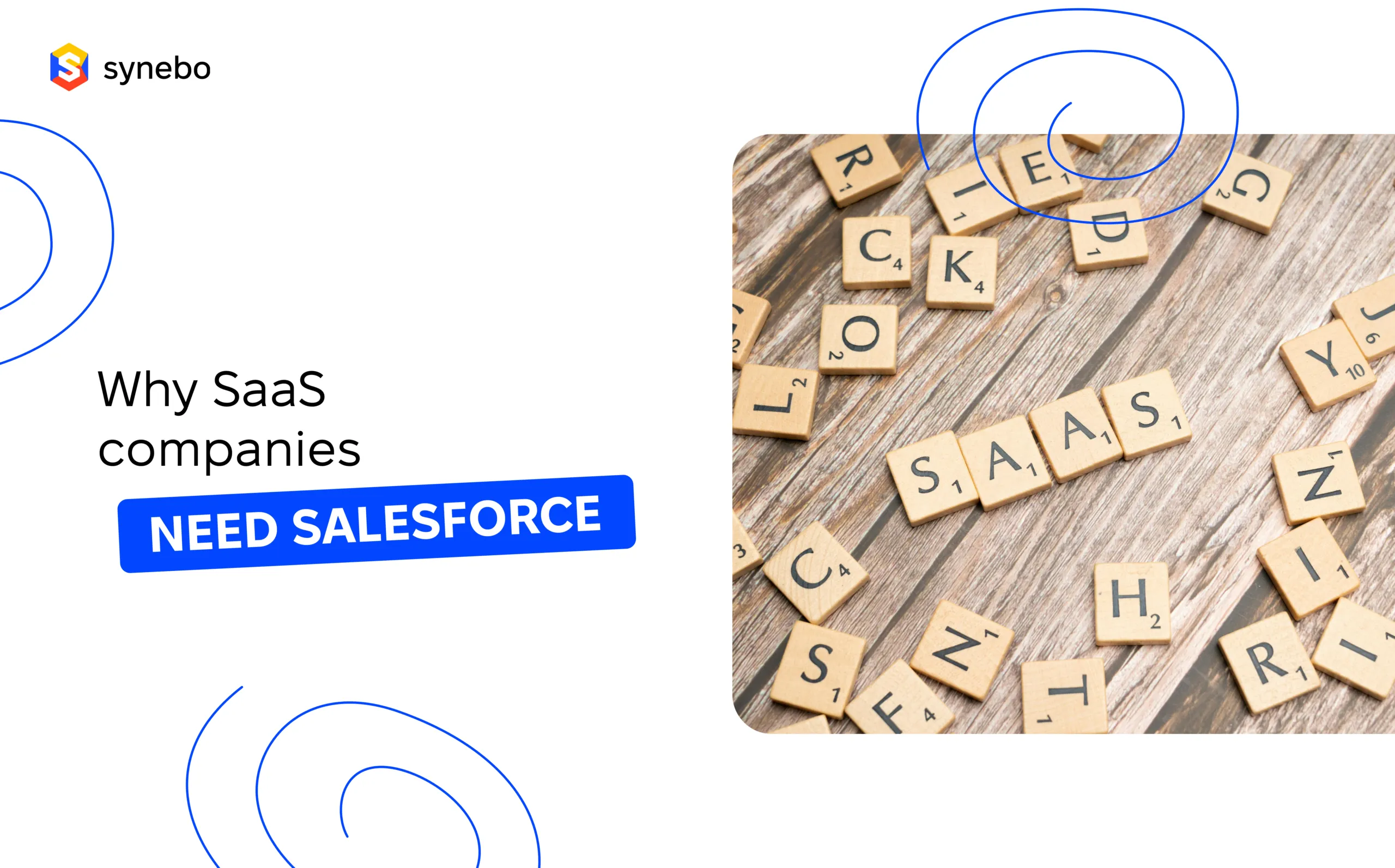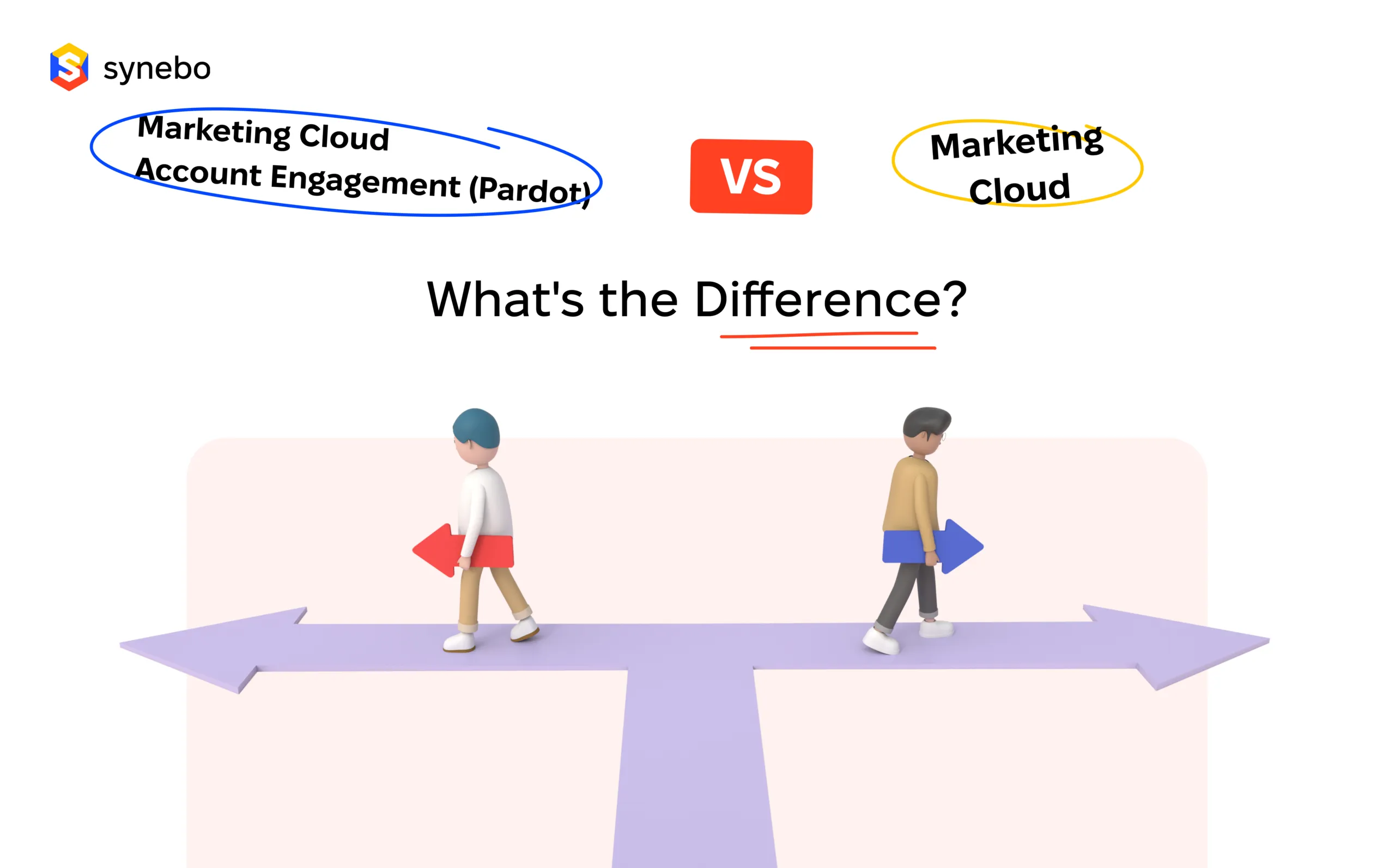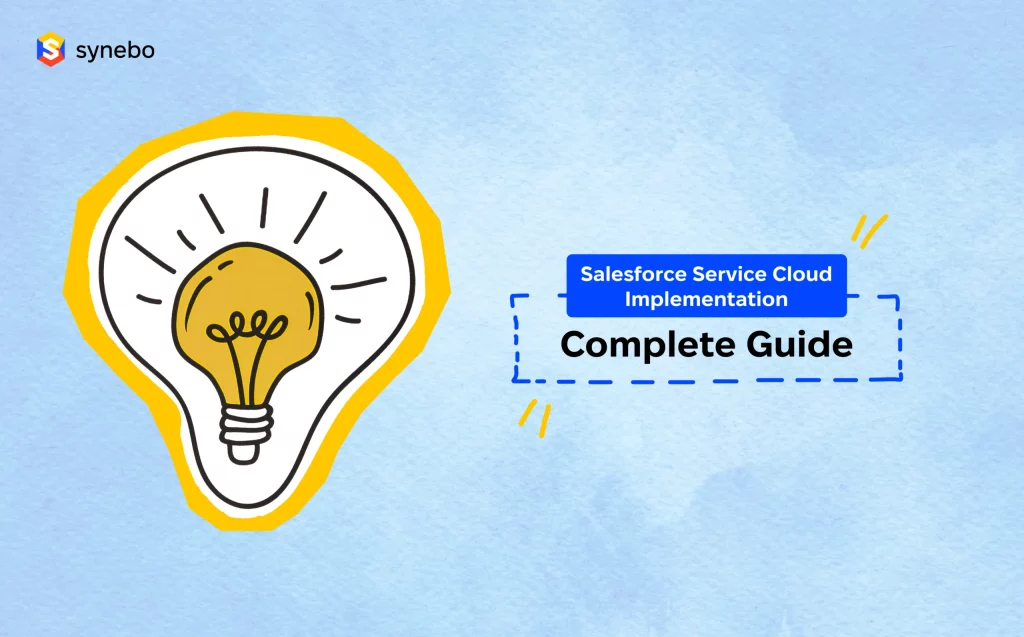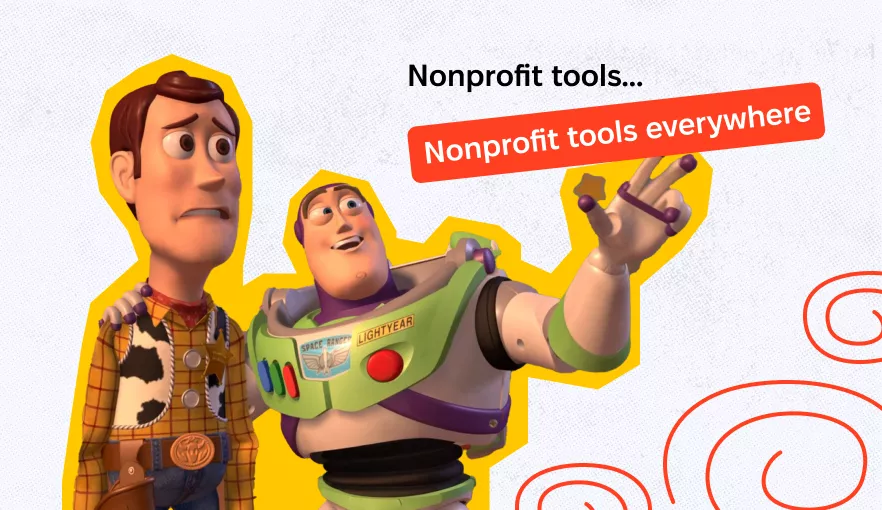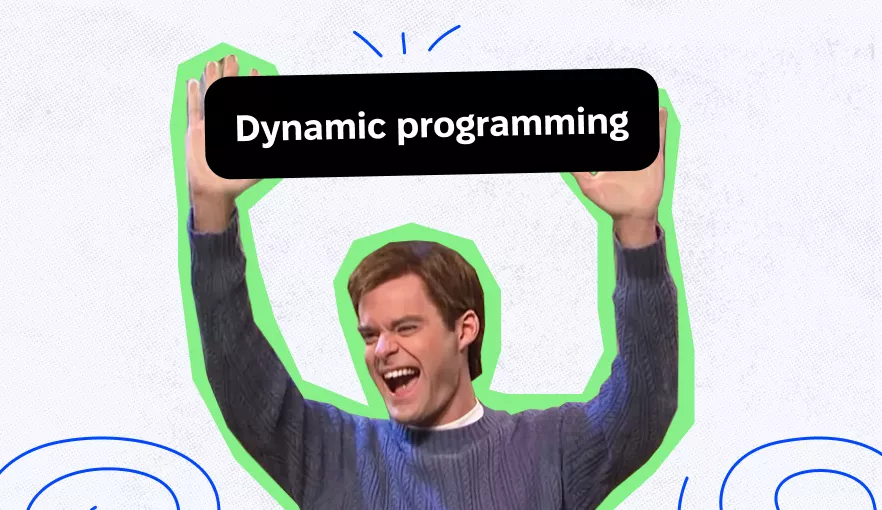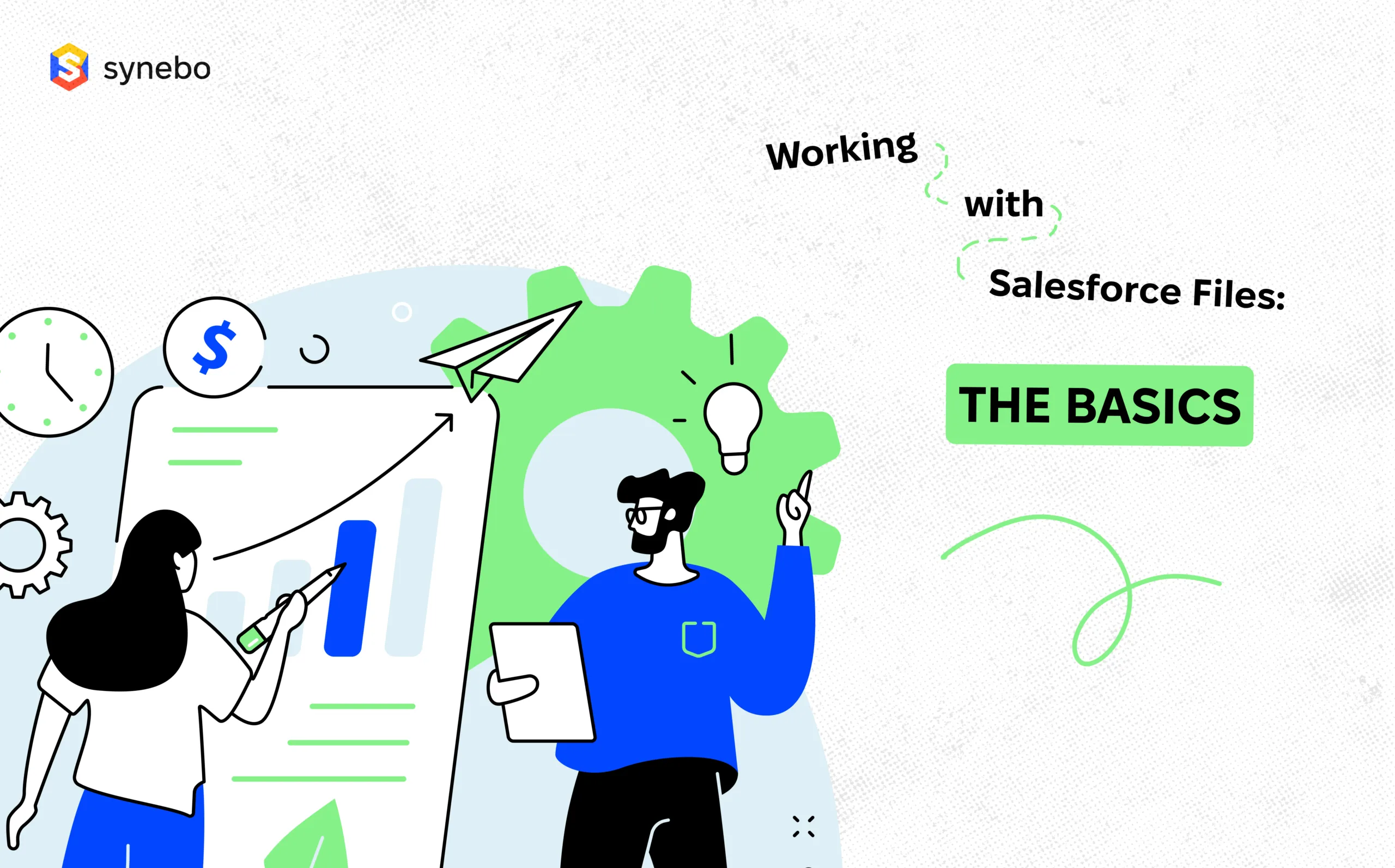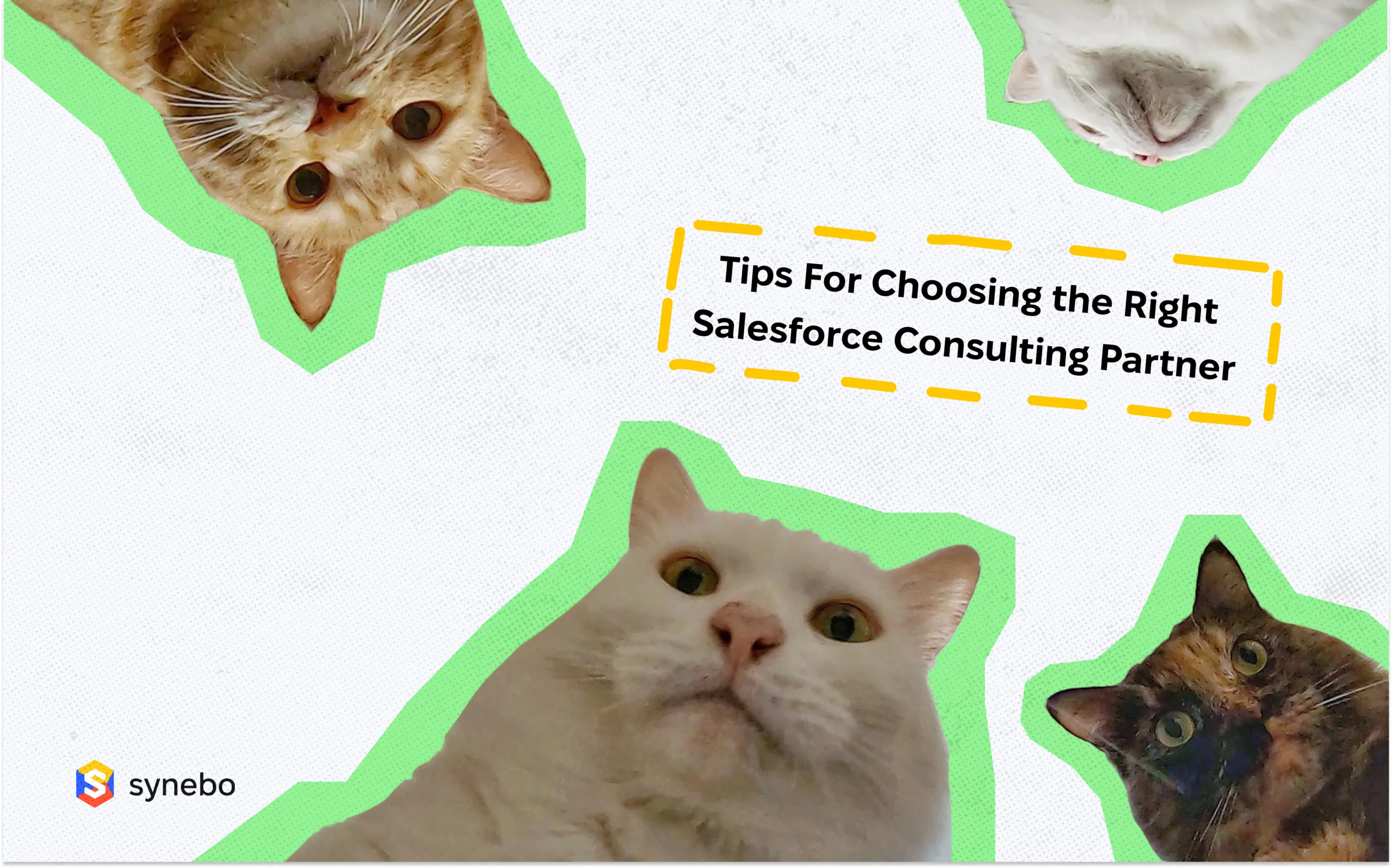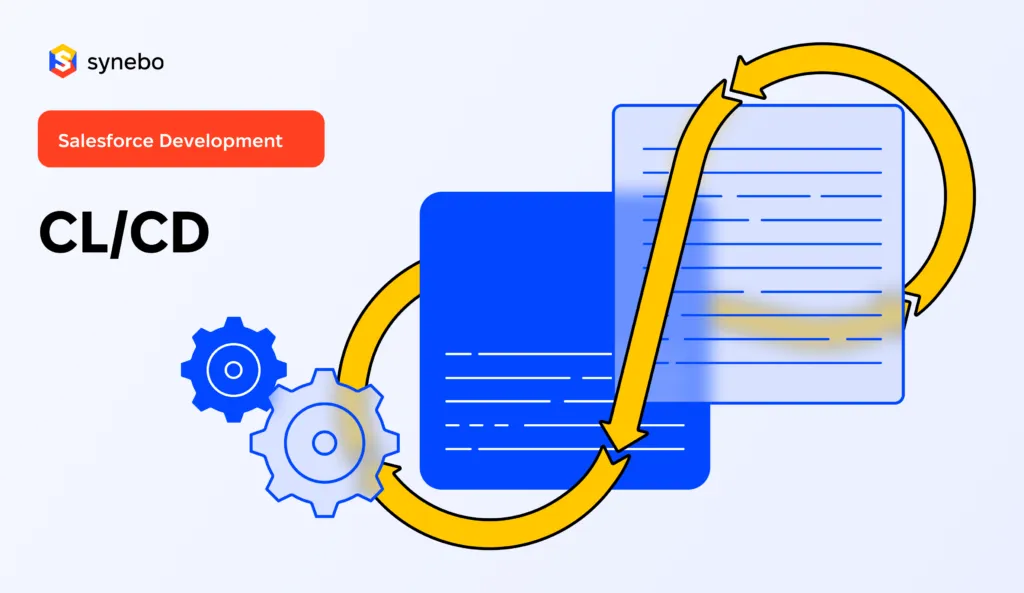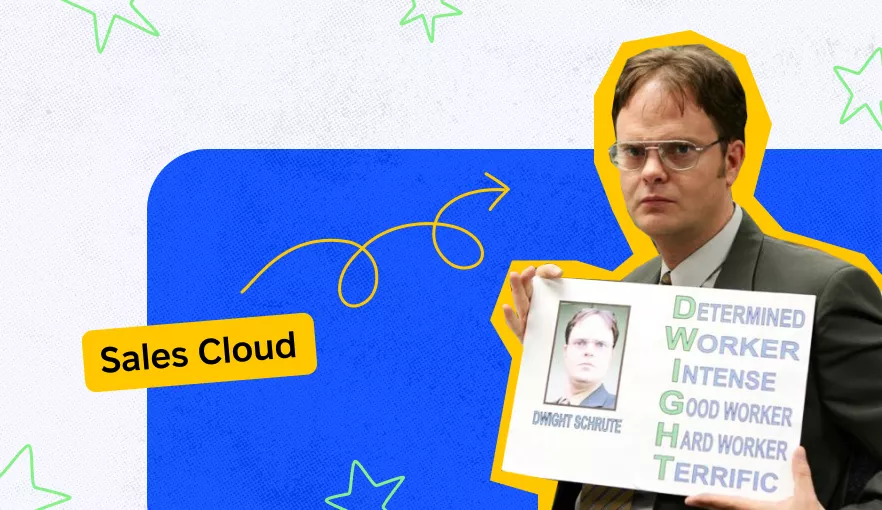What is Beneficial in CRM for Nonprofits?

There are around 1,8 million nonprofit organizations in the US, and there are more than 10 million of them worldwide. Nonprofits play an important role not only in the material part of our lives but social as well. People come together to help and support each other in whatever problem they face. And that’s amazing.
Nowadays, in our hi-tech world, each and every organization strives to digitize its business. And since it’s a necessity in order to stay on track, nonprofits are no different. In addition, there are masses of modern technologies that will definitely bring lots of good into your business. One of them is CRM. So, being great at CRMs, we’d like to present to all nonprofits how this tool may work for them beneficially.
Charity challenges, or what obstacles nonprofits face 🤯
Any business meets certain challenges on its way to success. And since nonprofit companies, how can I put this, don’t get any profit, some of those challenges might affect them even worse. So, here are four main organizational Achilles heels of charities.
💰How do nonprofits make money?

While the answer seems easy (like, come on, they get funding from the government or just involve sponsors and people around), the path nonprofits have to take is not that easy. And if, from 2015 to 2019, charities experienced donation growth, after 2020, the situation has changed completely.
However, getting money was never a cakewalk. To find and win a government grant, a nonprofit organization has to deal with deep research, a bunch of paperwork, and analytics. And to keep receiving donations, they also need to have a database where they keep track of all gifts from people and analyze how and where they managed to raise money. That takes time and requires professionals. And professionals require money. And, scene.
🦸♀️How to recruit volunteers? (And how to manage them?)

It’s the next logically arising question. Volunteering is totally about the human’s will to help, but what if no one around really has it? You need to find a way to cause that desire. And what happens next when you seem to find a few volunteers? You need to coordinate them in your charity project and then ensure they will be with you in the next one.
So, recruiting volunteers doesn’t consist only of finding people. It’s finding, coordinating, creating a base of volunteers, and keeping in touch with them after. And if we talk about nonprofit health organizations and searching for donors, the list of required stages is even wider (we need to keep more information about people and their ability to become donors).
🙈How to manage everything?
Just think about how much data you need to keep and how many processes you need to control when you’re a manager of a nonprofit, and there are not so many people who are ready to be fully committed to the business.
A Communication Manager from Alabiamo Maternal & Child Wellbeing Foundation (Nigeria), Kemi F. Odesola, told us what a cruel joke the lack of data organization could play.
“A major incident that made me realize that a great CRM would solve our technical problems is a negative experience with a website developer we paid to develop a new website for the company. To our greatest nightmare, he had pushed a new website build without informing us. In the process, he wiped out all our blog articles and reports for the previous year. So, I thought to myself that a CRM with tools that sync would help us take more control of our tech needs and, most importantly, give us better insight on matters to prioritize”, – she shares.
📊How to run nonprofit financial reports?
Reporting helps nonprofits chase a few rabbits at once. First of all, an annual report is kind of mandatory at the state level. Second of all, reports, in general, help companies realize what is going right in their business and what is going wrong.
If we take an ordinary company, they have a full team of accountants, financial analysts, and other professionals to deal with all the papers. But for nonprofits, searching for just one extra worker is enough to cause headaches (you remember, there is no profit, and employees need to be paid).
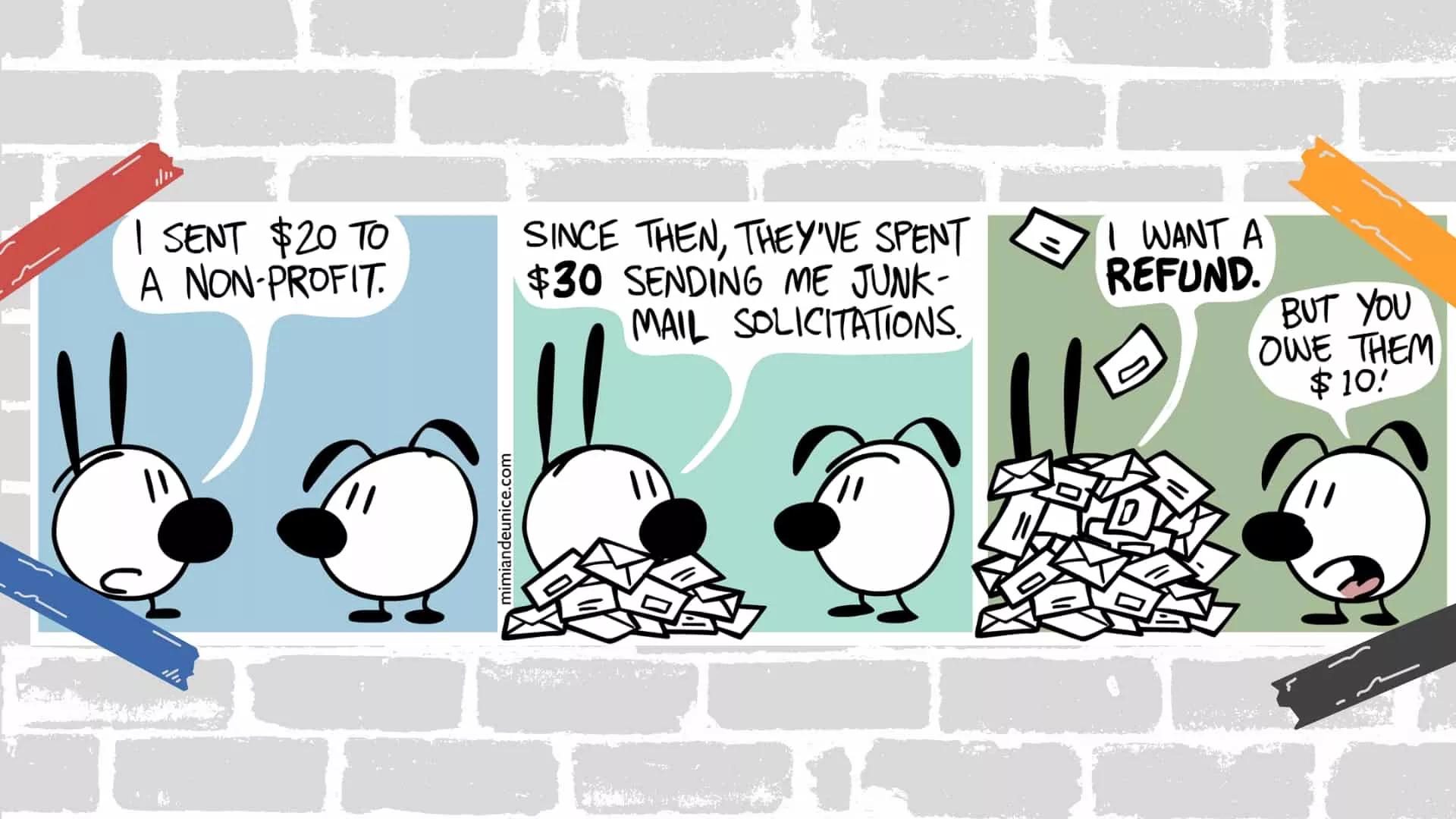
📈How to better strategic planning for nonprofits?
Yes, volunteering requires strategy. Without a plan, any activity turns into chaos. And believe it or not, nonprofits also want to be visible and recognizable because that’s what helps them carry out their mission.
In addition, with a strategy, there are more chances to get fundraising.
4 reasons to use CRM for nonprofit organizations ✅
For every challenge, there is supposed to be a key. And today, technologies are the answer for most arising issues. More and more companies digitize their businesses using a certain piece of software or a set of digital tools, including a customer relationship system(CRM). But what is so special in CRM, and what benefits does this tool bring to nonprofit organizations?
Based on the experience of Synebo clients, who managed nonprofits, CRM helps make data processing much faster and more effective.
“CRM is useful for any business, one way or another. And our clients could generally take their nonprofit to a new level. Learning to master CRM and interact with it properly allows a company to boost donations, implement recurring donations, and track fundraising campaigns and their effectiveness. The more organized and structured data processing a company has, the more opportunities and space for development it gets,” – explains our Project Manager Anna Shved.

So, we’ve prepared a list of four main advantages of using CRM for nonprofits.
Fewer employees required
CRM allows you to automate many repetitive tasks like scheduling meetings, sending emails, or even chatting with your volunteers or donors. In this manner, the volume of work that required 5 people before requires just one now. With CRM, your team can leave the “monkey work’ to the system and focus on more relevant and creative tasks.
Automated data processing
Imagine one place where all employees’, volunteers’, donors’, and sponsors’ data is automatically collected, systemized, and easily accessed. Stop imagining, it’s CRM. Using it, you don’t need to personally ask each and every donor for necessary information or analyze it afterward. Moreover, with some AI-powered CRMs, you can also get recommendations on how not to lose your sponsors and improve financial performance.
Kemi F. Odesola classifies data processing as an essential part of nonprofit management.
“One of the main challenges I have is being able to use all the data we have in our donor communications across social media, email, and our website to make better decisions regarding improving our donor management, fundraising, and so on” – Kemi says.
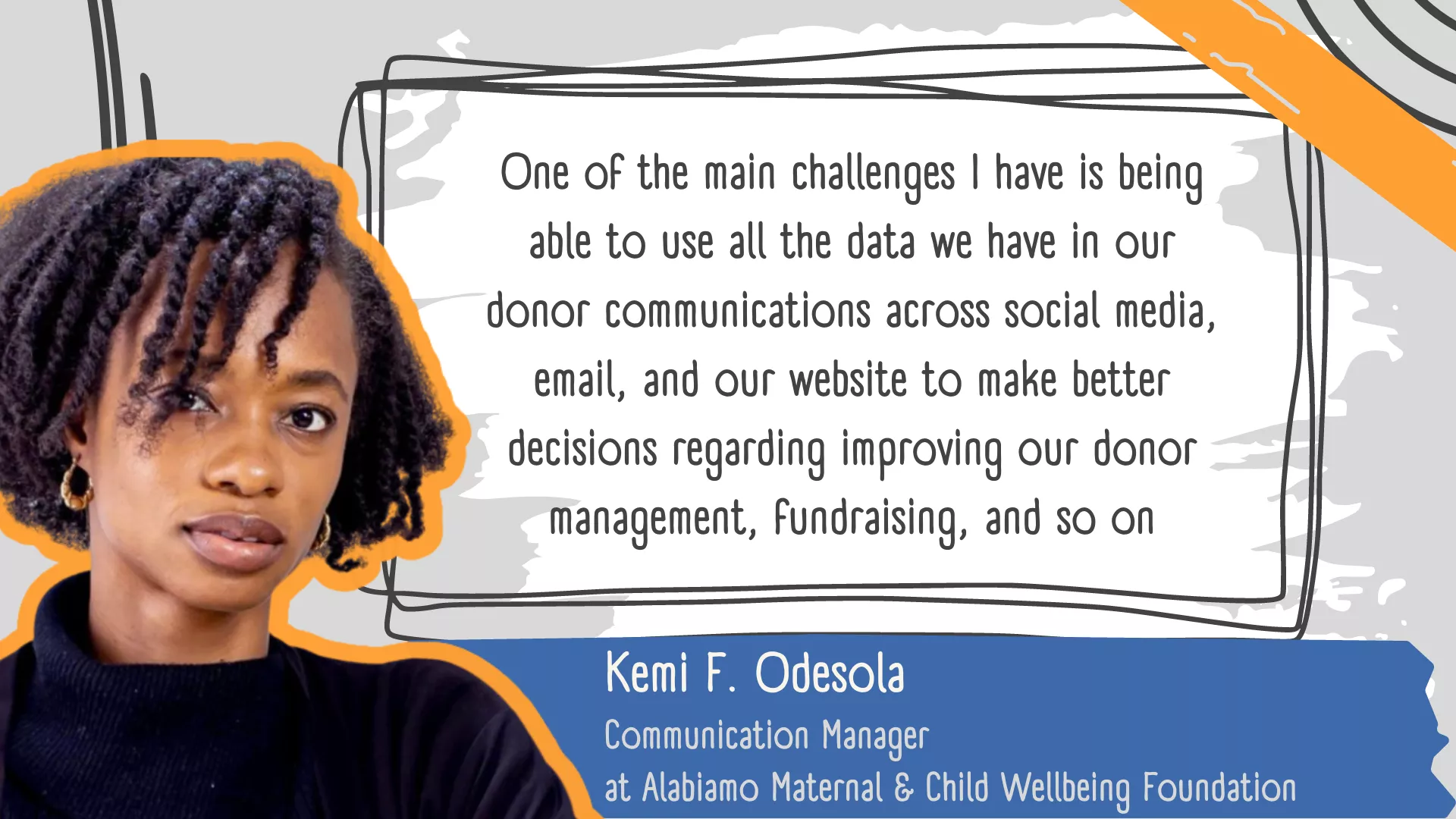
Better communication
We’ve already discussed that your team can be free from constant replying to the masses of messages, but let’s sort things out. The success of every business depends on communication: with customers, partners, in our case, sponsors, donors, and volunteers. And since most CRM system supports chatbots and automated emailing – there won’t be missing or unanswered messages.

Improved reporting and planning
CRM functionality allows you to run different types of reports, like financial reports, performance reports, and forecasted reports. And, of course, all of them are fully automated. Thus, the one thing which is left to do for you is to take a look at them.
CRM reports don’t just process themselves but also give you clues and suggestions about what to expect in the next months and how to increase your profit.Then you can use this information for instant decision making and better-informed planning.
Is that the only option?
Of course not. Different companies use different types of software and different sets of tools. CRM is just an option for you, but it’s still worth trying. And since we put this idea into your mind, whether you already want to take a chance on a customer relationship management system or have a few questions you wonder about – feel free to contact Synebo for more information. See you soon!










